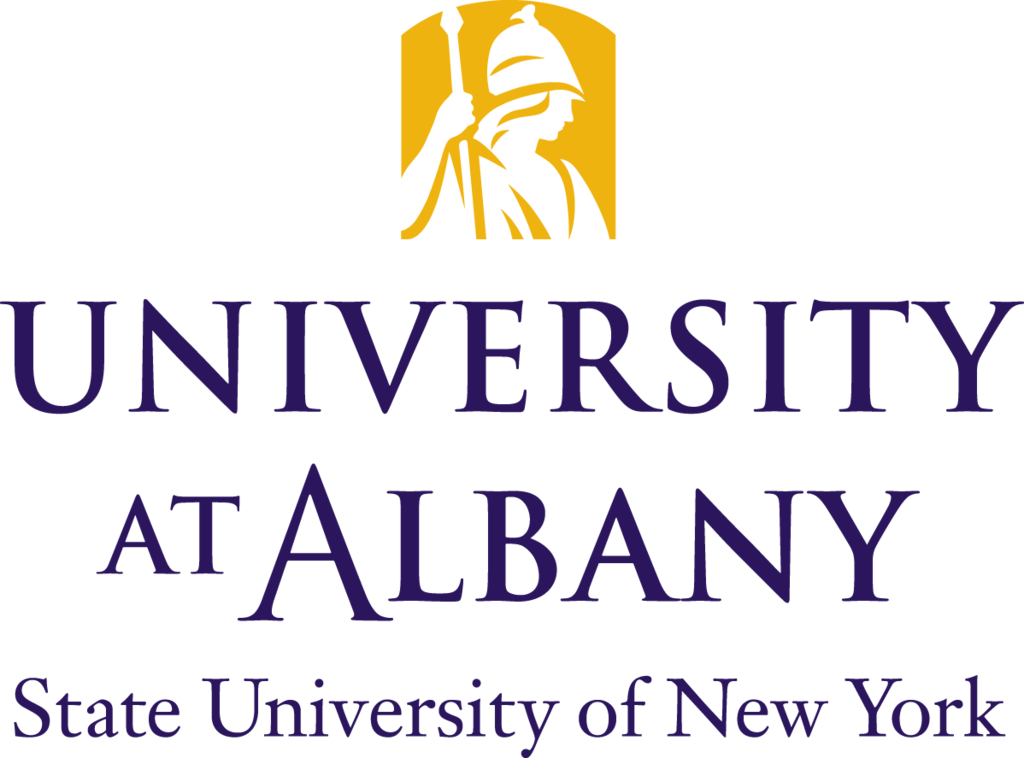Newswise — ALBANY, N.Y. (Oct. 12, 2023) — Burnout is a prevalent problem for the health workforce, associated with employee turnover, absenteeism and depression. Burnout has also been shown to increase risk of medical errors and raises concerns about patient safety.
The COVID-19 pandemic heightened issues of burnout for health workers, especially those providing patient care. For the oral health workforce in particular, the chance of COVID-19 infection was considered high due to potential contact with respiratory aerosols and spatter during dental procedures.
A recent report by the Oral Health Workforce Research Center (OHWRC) at the University at Albany’s Center for Health Workforce Studies (CHWS) in the School of Public Health explored the prevalence and effects of burnout and stress among the oral health workforce in safety-net dental organizations during the COVID-19 pandemic. Researchers worked with the Health Choice Network to analyze its 2021 online survey of clinicians working in 25 community health centers across the U.S.
The survey showed that oral health providers reported high levels of burnout, at rates similar to other medical providers involved in patient care. Of the oral health providers surveyed, 79.3% reported burnout; this is compared to 80.1% of surveyed primary care providers and of 76.2% of mental/behavioral health providers.
OHWRC researchers also conducted key-informant interviews with individuals in various positions at safety-net dental organizations throughout the U.S. in 2022. The goals of the interviews were to collect information about the impact of COVID-19-related stressors on dental staffs’ stress and anxiety levels and to determine if burnout and stress affected employee recruitment and retention.
At the organizational level, reported stressors were primarily related to obtaining sufficient personal protective equipment (PPE), changing clinical protocols, reassigning clinicians to nontraditional roles and workforce shortages. The most common individual-level stressors were related to childcare, primarily for single parents, with women being disproportionately impacted. The lack of childcare was among the main reasons dental assistants and hygienists chose to leave their jobs.
“It’s not only important to be aware of burnout, but to understand the reasons why health workers are experiencing it,” says CHWS Director Jean Moore. “Once specific stressors have been identified, then strategies to address them at both organizational and personal levels can be implemented to reduce burnout for these providers.”
To address these stressors, organizations implemented various strategies to support work-life-balance among their staff, including more time off, extra pay, more breaktime for staff and increased work-schedule flexibility for parents.
View the full report on the CHWS website.
For more information about the Oral Health Workforce Research Center, visit www.oralhealthworkforce.org.
This work was supported by the Health Resources and Services Administration (HRSA) of the US Department of Health and Human Services (HHS) as part of an award totaling $450,000. The contents are those of the authors and do not necessarily represent the official views of, nor an endorsement by, HRSA, HHS, or the US Government. For more information, please visit HRSA.gov.
About the Center for Health Workforce Studies:
Established in 1996, CHWS is an academic research organization, based at the School of Public Health, University at Albany, State University of New York (SUNY). The mission of CHWS is to provide timely, accurate data and conduct policy relevant research about the health workforce. The research conducted by CHWS supports and promotes health workforce planning and policymaking at local, regional, state, and national levels. Today, CHWS is a national leader in the field of health workforce studies, and the only HRSA-sponsored center with a unique focus on the oral health workforce.
About the University at Albany:
The University at Albany is one of the most diverse public research institutions in the nation and a national leader in educational equity and social mobility. As a Carnegie-classified R1 institution, UAlbany and its faculty and students are creating critical new knowledge in fields such as artificial intelligence, atmospheric and environmental sciences, business, education, public health, social sciences, criminal justice, emergency preparedness, engineering, informatics, public administration and social welfare. Our courses are taught by an accomplished roster of faculty experts with student success at the center of everything we do. Through our parallel commitments to academic excellence, scientific discovery and service to community, UAlbany molds bright, curious and engaged leaders and launches great careers.
###
